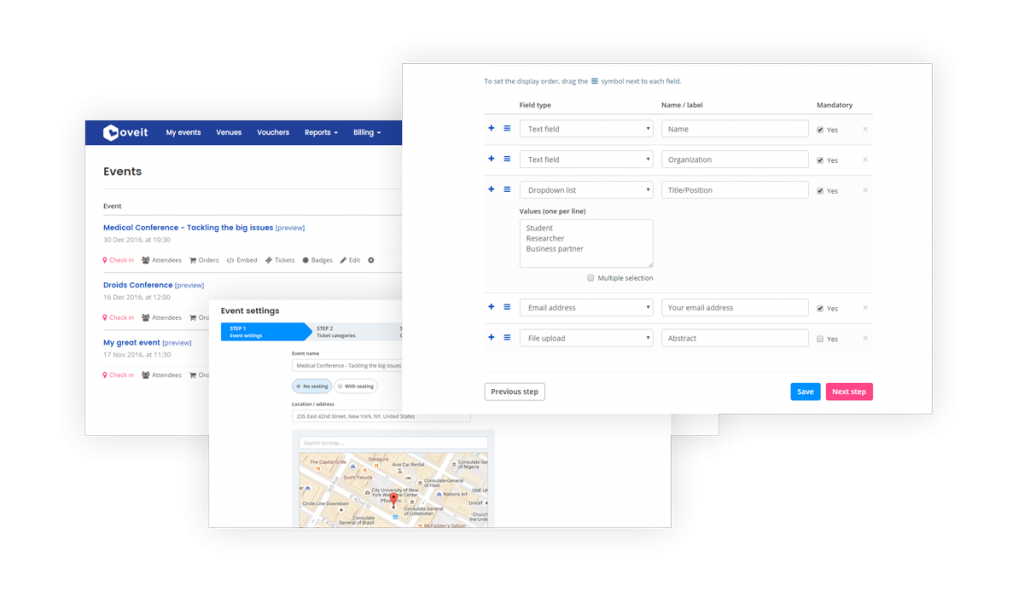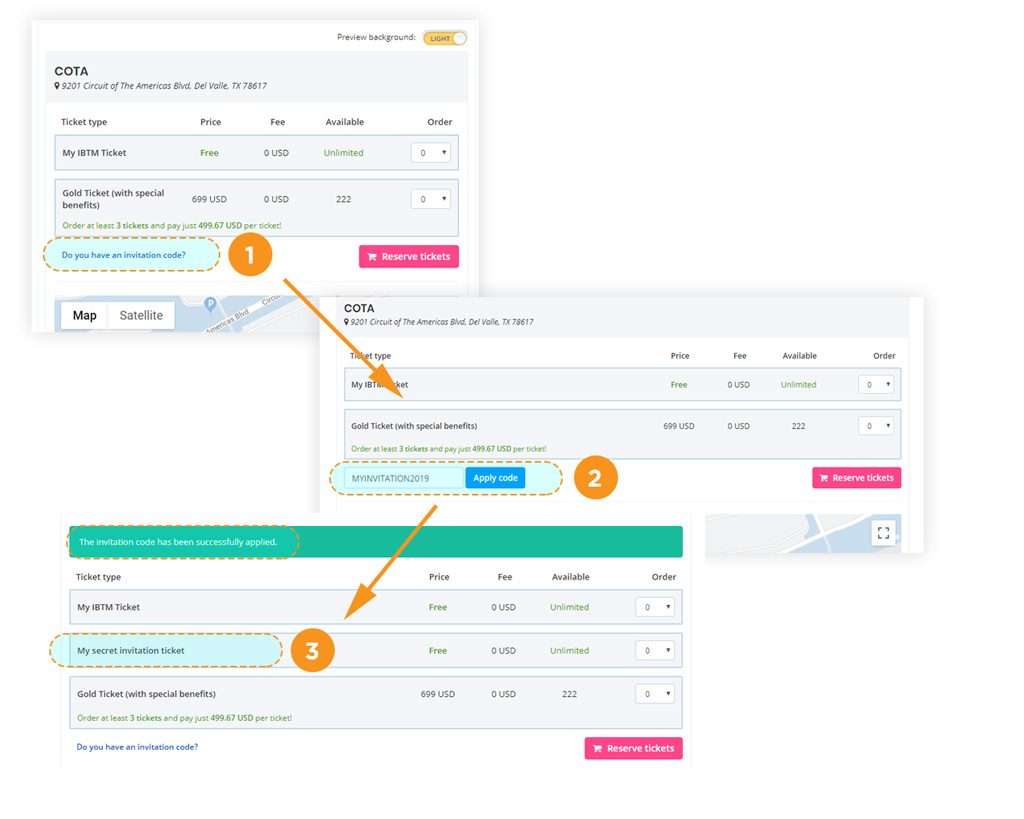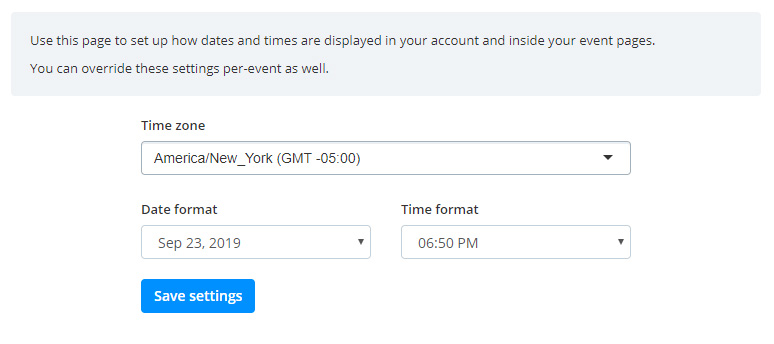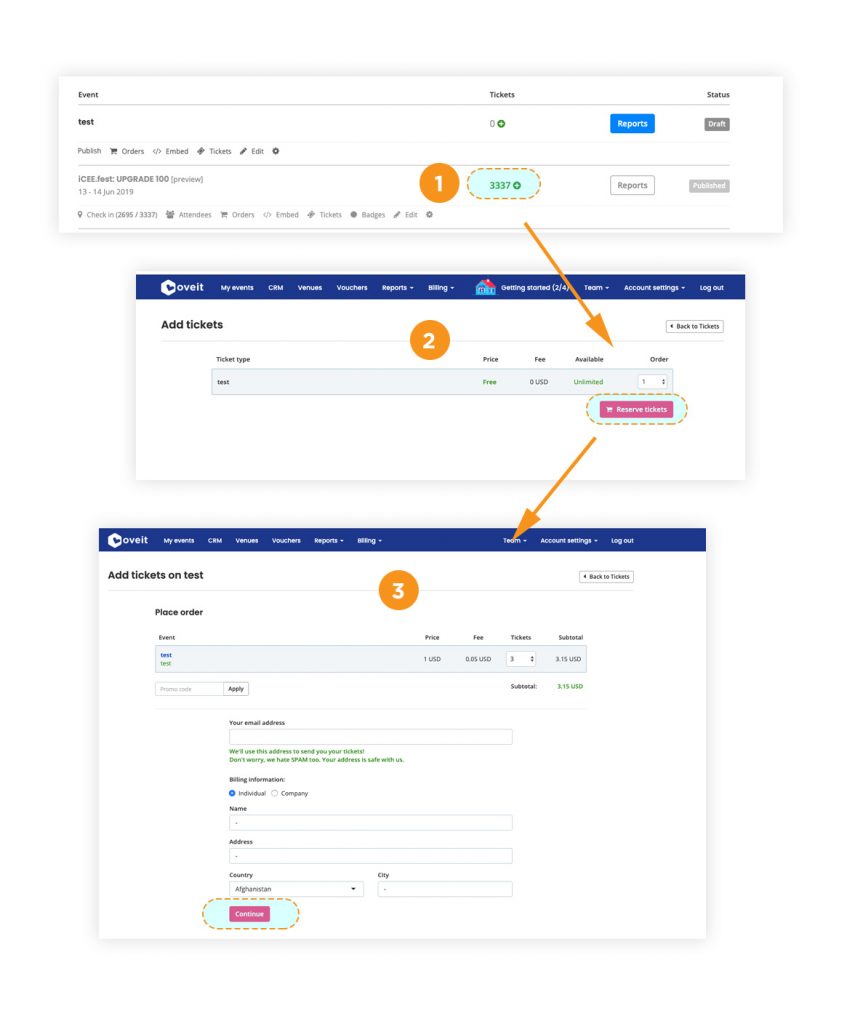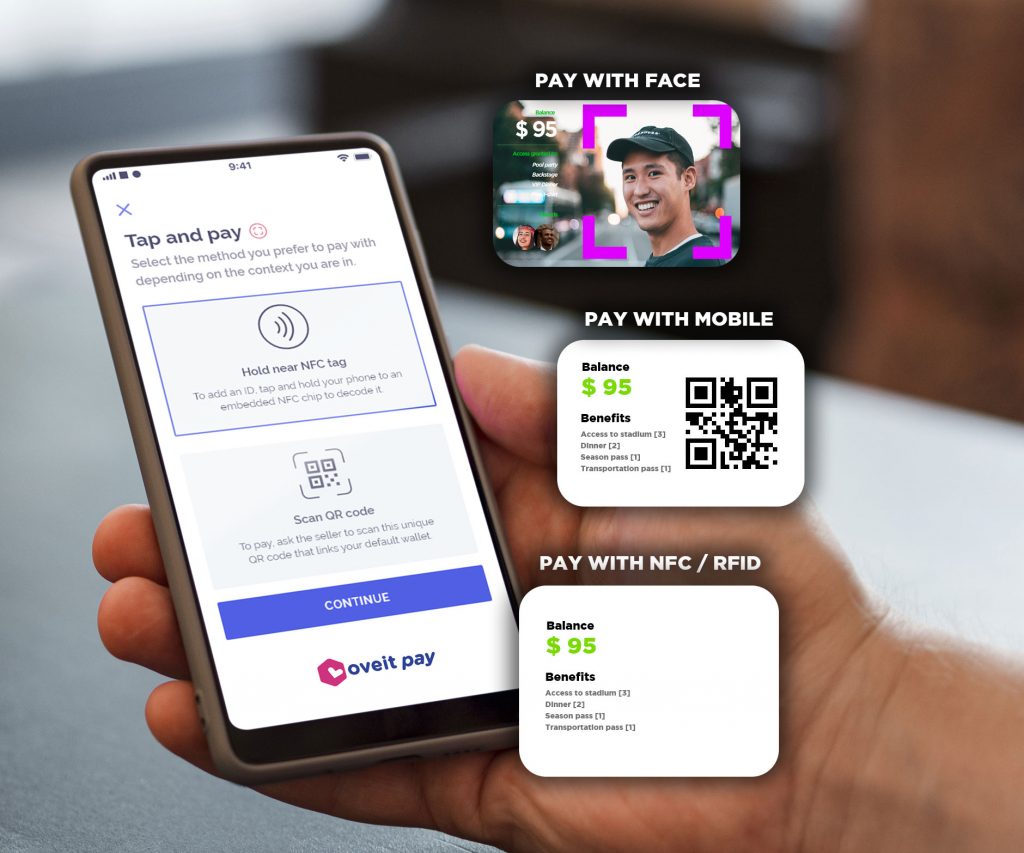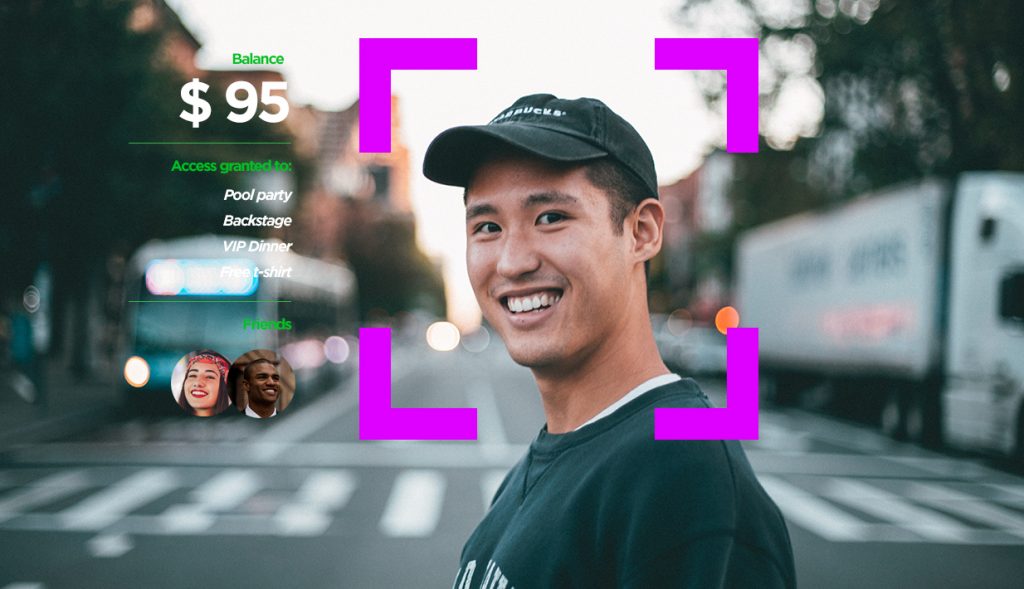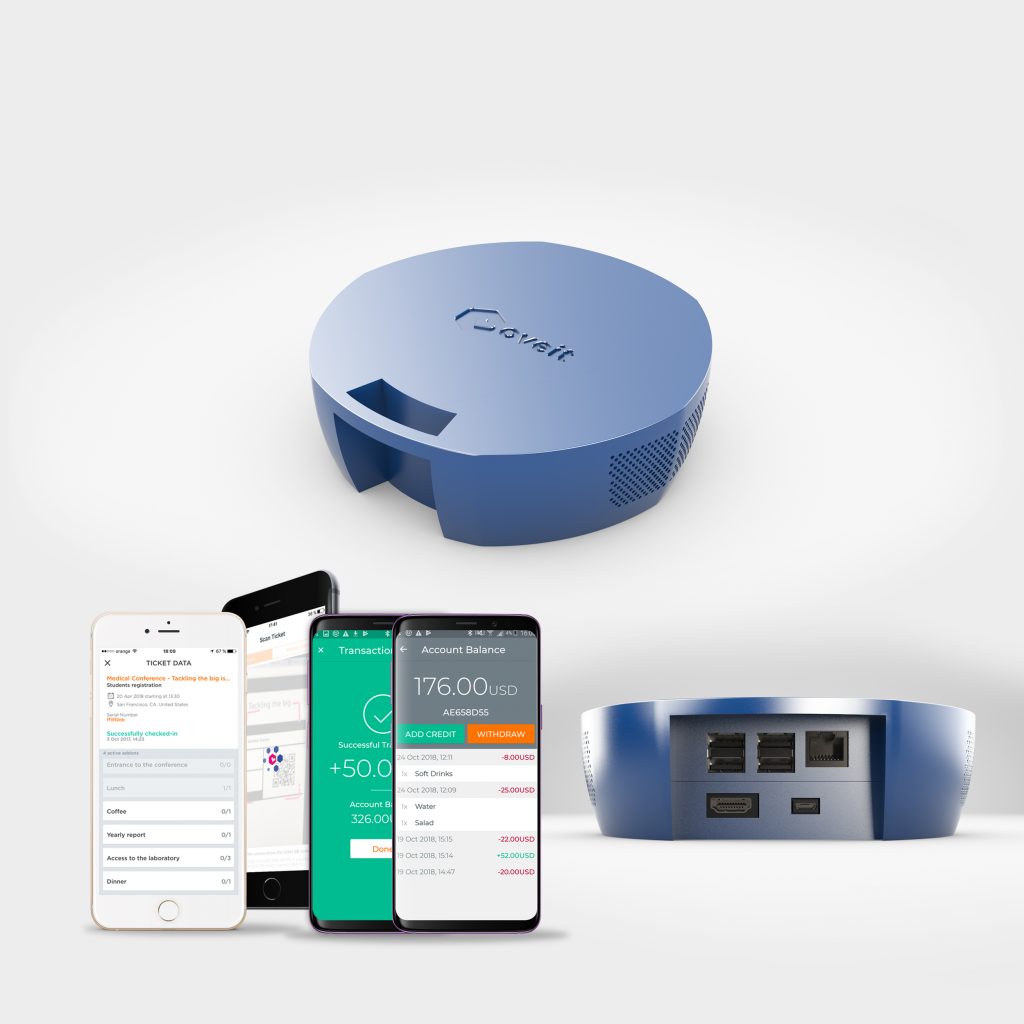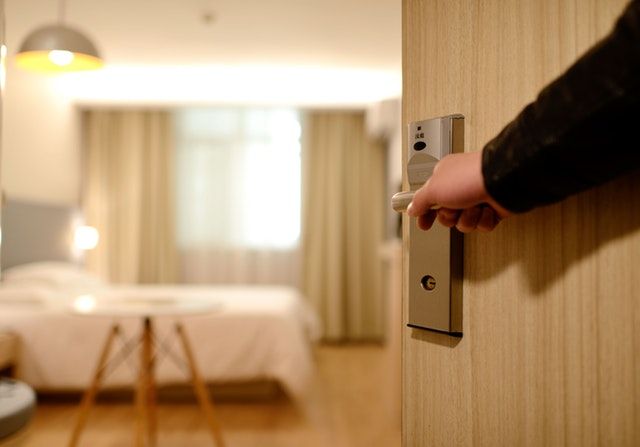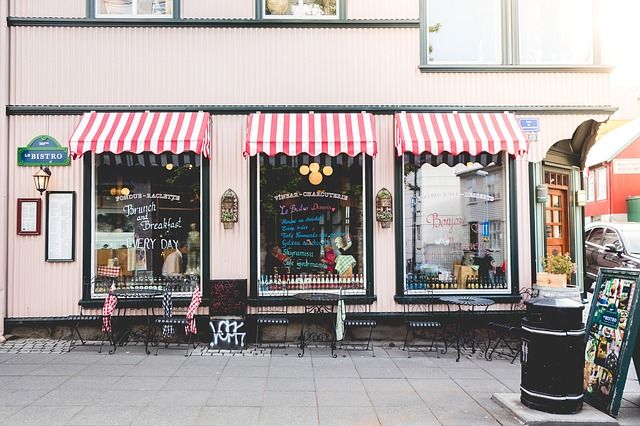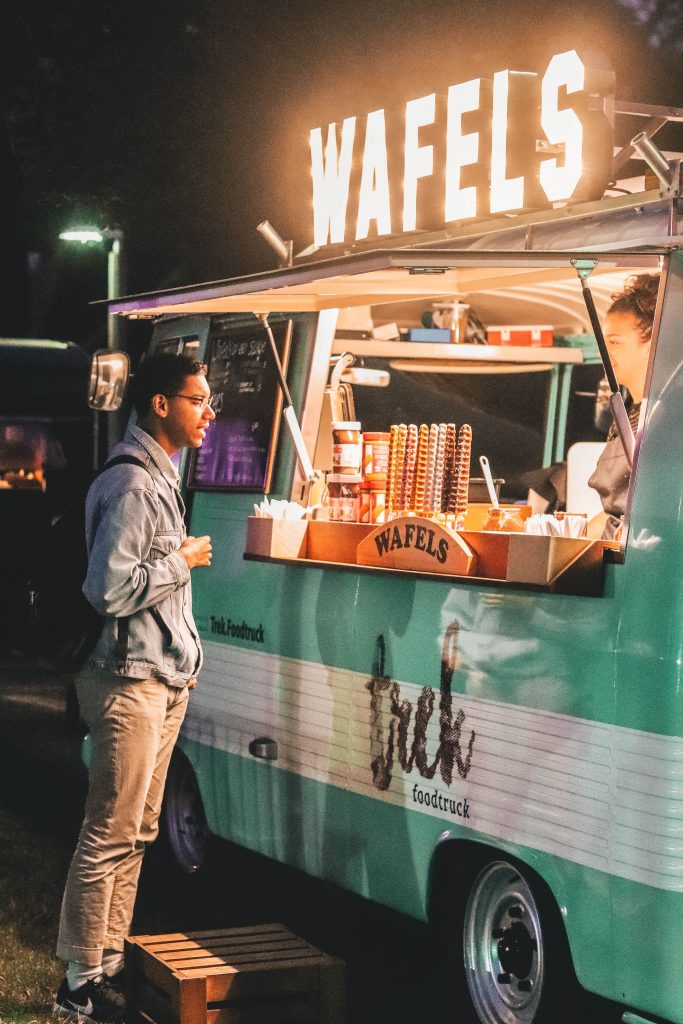Summer is around the corner and all the festival heads are getting excited for the amazing line-up which is coming up. You, as an event organizer are caught up with planning and making sure that your event will leave a great impression for those attending. It is an ongoing process that can be exhausting at times, but the final reward is something that makes it truly worthy. Finding the right sponsors, booking your line-up, promoting the event, taking care of logistics and the location itself are just a few examples of what festival and event organizers need to take care of. Besides that, contributing to the local community and being supported by the local community is very important to deliver a successful event.
Behavior at events located in cities
Popular events attract many participants from all over the world. During the course of an event, local vendors, artisans, craftspeople, hoteliers and other similar businesses make a large proportion of their annual income. As an event organizer, it is important to keep that in mind and contribute to their success.
Festival fans get extremely excited and impatient when the long-awaited moment of attending a music festival finally comes. Some of them will live the full experience and decide to camp within the event’s premises rather than booking a room in the city. However, those that were late in booking their camp spot or simply preferred to be accommodated somewhere else will have a slightly different experience.
This difference mainly lies in the actual experience with the local community and environment. Those camping are less likely to leave the festival surroundings, while those accommodated in the city might choose to experience the local culture and traditions besides attending the festival.

Impact on the local community
Expanding the event economy into the local community results in a mutual benefit for both parties. Therefore, attendees can purchase goods and services from local vendors with the events NFC wristband.
- Benefits for the event organizer
You can see this as an opportunity and as an additional source of revenue. Enabling local vendors to use your event economy increases their sales and exposure. Therefore, you can agree with local vendors to receive a percentage coming from their sales. In exchange, you are promoting their business and bringing in new clientele.
At the end of a festival, participants will have unspent credit on their virtual accounts (NFC wristbands). They decide not to withdraw that credit for various reasons. However, allowing them to spend that remaining credit outside your festival will have a positive impact on their overall experience.
- Benefits for the local vendors
For a local vendor, this can be a great opportunity. First, you can agree with the organizer to get your business exposed on the event App, if there is one, or on any promotional materials. This way, attendees become aware that your business accepts the event’s NFC wristband as a payment alternative, increasing your sales and exposure with minimal effort.
On top of that, you will gain access to sales reports following transactions. It enables you to market your product based on demographics and it also gives insights related to purchasing behavior. In other words, you will know exactly how to stock up for the next event.
Impact on smaller businesses
For a smaller shop that deals with handcrafted souvenirs, this solution can be ideal. During a large event, foreigners will certainly want to buy souvenirs for their beloved ones. What if cash is the only payment method accepted by that small shop? Integrating the event economy and allowing these shops to use it solves the problem. In addition, you can support these type of businesses without asking for a percentage in return. It will surely count towards a good reputation.
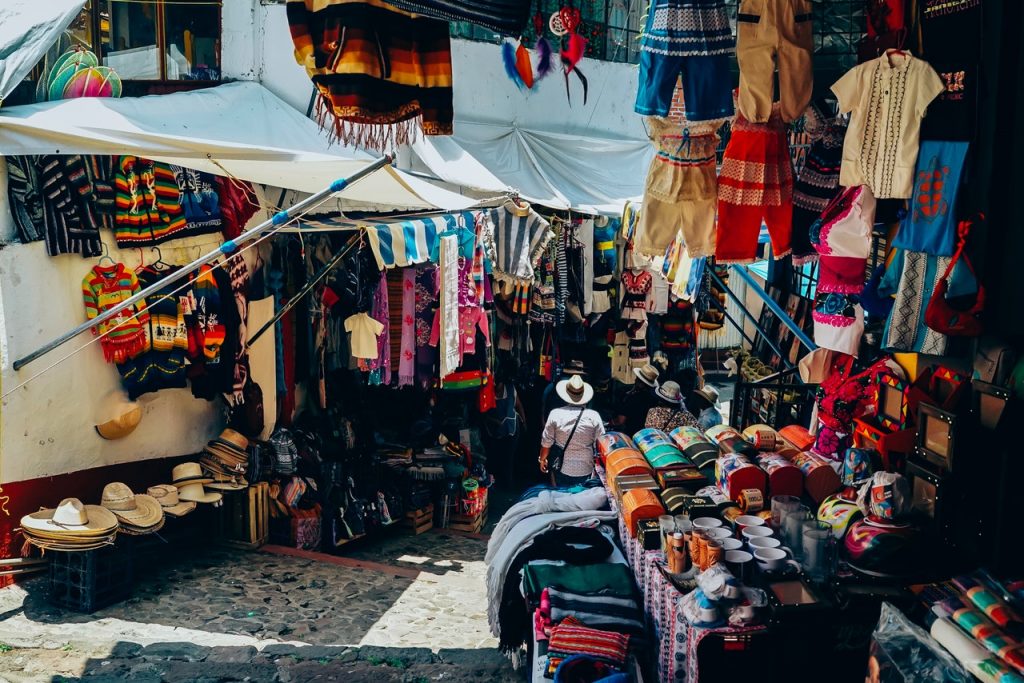
Enabling your attendees to buy goods and services using the event economy can bring many benefits. Therefore, event organizers and local vendors can add an additional source of revenue and contribute to a safe and fun payment alternative.
To expand your event economy with Oveit is straight-forward. There is no need for sophisticated and expensive hardware. A simple Android device with NFC capabilities integrated does the job. From your account, you can simply create multiple sub-economies with predefined credentials and allow local vendors to sell products in a matter of seconds.

